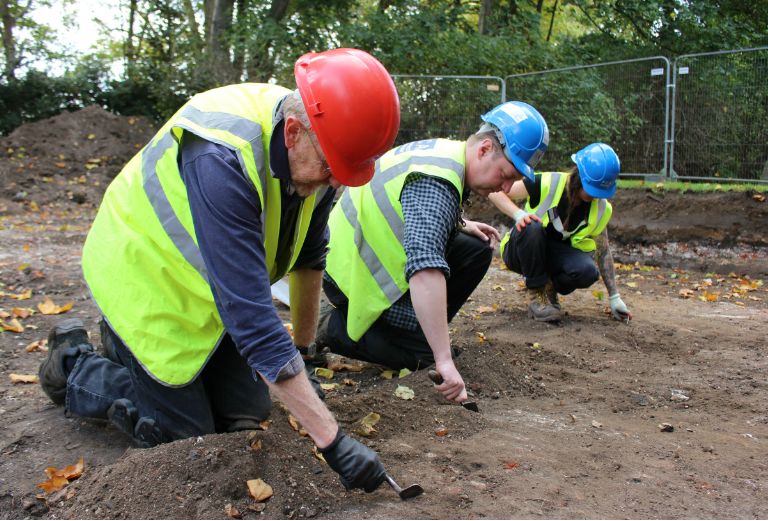
Following the success of last year’s excavation, our committed team of archaeological volunteers are digging two trenches to the south-east of our walled garden.
Named in honour of Bishop Compton (Bishop of London 1675-1713), the objective of the project is to create new beds for plants, shrubs and trees which have been identified as grown here by Compton, who as well as being Bishop of London was a well noted botanist between the late 17th and early 18th centuries.
This period was a particularly ground-breaking time in garden history as new species of plants arrived from the colonies and the first attempts were being made to grow them in Europe. Painstaking research has been undertaken by the Fulham Palace gardening team in conjunction with forensic botanist Mark Spencer to discover and identify Compton’s historical specimens. Re-introducing these species to our grounds will continue to develop our Garden, which Sir William Watson described in 1751 as the greatest ‘variety of curious exotic plants and trees that had at any time been collected in any garden in England’.
Archaeologically, this a particularly interesting area of the site which has previously produced evidence for Late Mesolithic to Early Neolithic activity as well as pottery and material dating to the late Roman period.